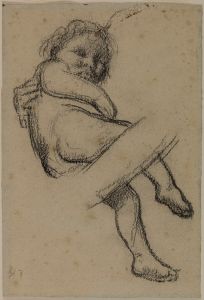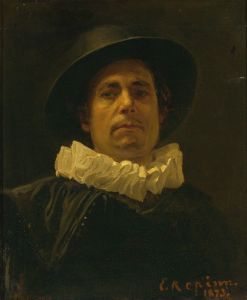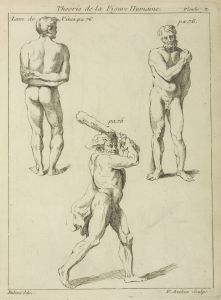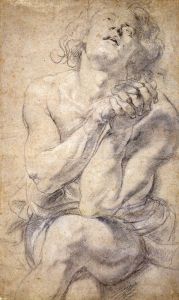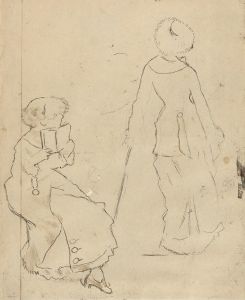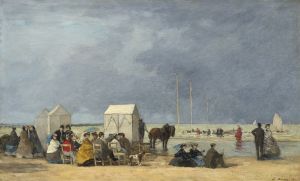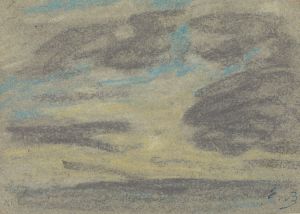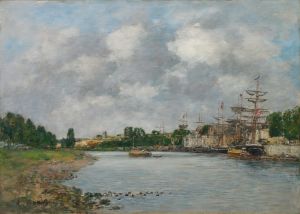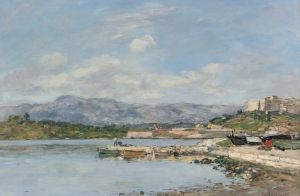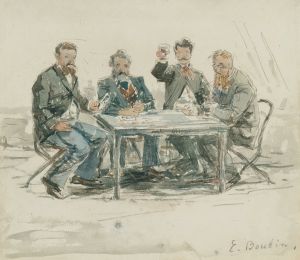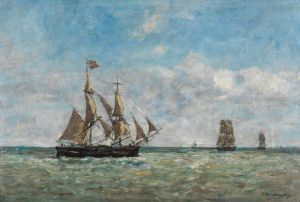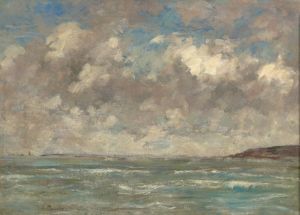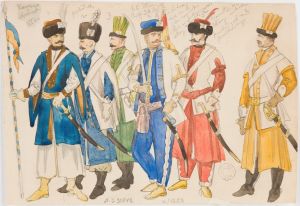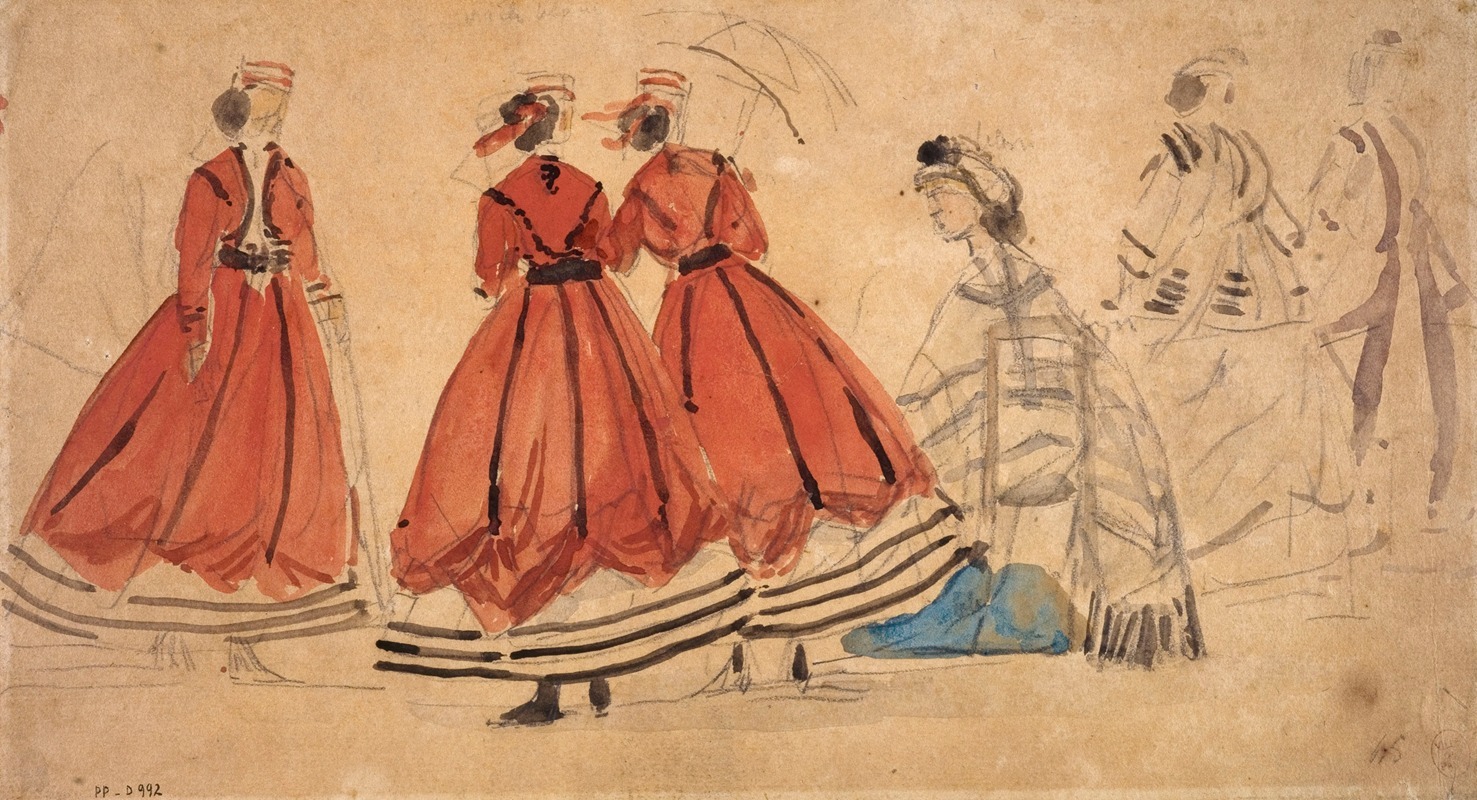
Etude de costumes
A hand-painted replica of Eugène Boudin’s masterpiece Etude de costumes, meticulously crafted by professional artists to capture the true essence of the original. Each piece is created with museum-quality canvas and rare mineral pigments, carefully painted by experienced artists with delicate brushstrokes and rich, layered colors to perfectly recreate the texture of the original artwork. Unlike machine-printed reproductions, this hand-painted version brings the painting to life, infused with the artist’s emotions and skill in every stroke. Whether for personal collection or home decoration, it instantly elevates the artistic atmosphere of any space.
Eugène Boudin, a French painter born on July 12, 1824, in Honfleur, is well-known for his seascapes and beach scenes, which capture the essence of the Normandy coast. One of his notable works is "Etude de costumes," which translates to "Study of Costumes." This painting exemplifies Boudin's keen interest in capturing the transient effects of light and atmosphere, as well as his fascination with the human figure in natural settings.
"Etude de costumes" is a part of Boudin's extensive series of studies focusing on the attire of the bourgeoisie and other social classes frequenting the beaches of Normandy. These studies were not merely about fashion but were also an exploration of the interplay between light, color, and texture. Boudin's meticulous attention to detail and his ability to render the delicate fabrics and intricate designs of the costumes set against the backdrop of the beach demonstrate his skill and observational prowess.
Boudin's approach to painting was influenced by his early exposure to the works of Dutch masters and his interactions with contemporary artists, including Claude Monet, who regarded Boudin as a mentor. Boudin's plein air technique, which involved painting outdoors to capture the natural light and atmosphere, was revolutionary at the time and laid the groundwork for the Impressionist movement.
In "Etude de costumes," Boudin employs a light palette and loose brushstrokes to convey the breezy, ephemeral quality of the scene. The figures are often depicted in casual, relaxed poses, reflecting the leisurely activities of the seaside visitors. The composition typically includes groups of people, often women and children, dressed in fashionable attire of the period, engaging in activities such as strolling, conversing, or simply enjoying the seaside ambiance.
The painting is characterized by its vibrant yet harmonious color scheme, with the bright hues of the costumes contrasting against the more subdued tones of the sand and sea. Boudin's ability to capture the subtle variations in light and shadow adds depth and dimension to the scene, making the figures appear almost lifelike.
"Etude de costumes" is a testament to Boudin's dedication to capturing the fleeting moments of everyday life and his mastery of the plein air technique. His work not only provides a glimpse into the fashion and social customs of the 19th century but also serves as an important precursor to the Impressionist movement, influencing a generation of artists who sought to depict the world in a more immediate and spontaneous manner.
Today, Eugène Boudin's works, including "Etude de costumes," are celebrated for their contribution to the development of modern art. His paintings can be found in major museums and private collections around the world, where they continue to be admired for their beauty, technical skill, and historical significance.






